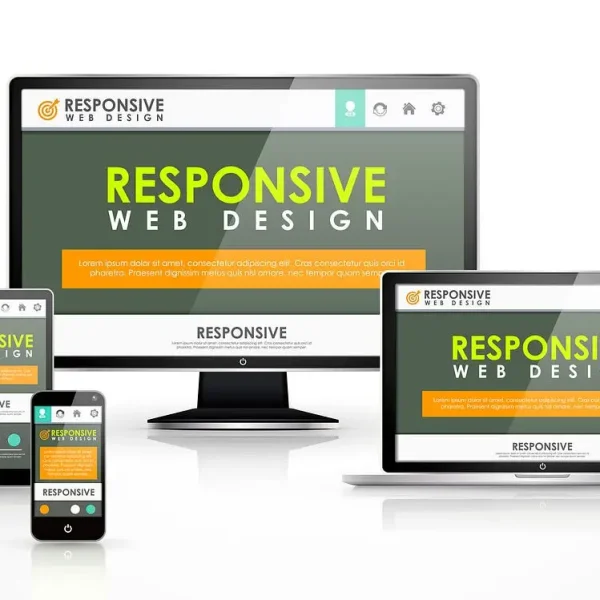Responsive Web Design
- Services
- Responsive Web Design

What is Responsive Web Design
With responsive web design, a range of devices and window or screen sizes are guaranteed to display online pages correctly. This is accomplished by CSS media queries, flexible layouts and grids, and website content adaptation according to screen size, orientation, and resolution of the device. Whether viewed on a desktop computer, laptop, tablet, or smartphone, responsive web design seeks to deliver the best possible viewing experience together with readability and navigation. By addressing user experience and accessibility across devices, responsive web design helps websites reach a wider audience and assures consistency and usability across different platforms.
Responsive Web Design Checklist
- Use Fluid Grid Layouts: Design layouts that adapt and scale based on screen size.
- Flexible Images: Use CSS to ensure images resize proportionally to fit different screen sizes.
- Media Queries: Implement CSS media queries to apply different styles based on device characteristics.
- Viewport Meta Tag: Set viewport meta tag to control the viewport's size and scale on mobile devices.
- Mobile-first Approach: Start designing for mobile devices first, then scale up for larger screens.
- Performance Optimization: Optimize website performance for faster loading times on mobile devices.
- Test Across Devices: Regularly test website responsiveness across various devices and screen sizes.
- Optimize Typography: Use responsive typography techniques to ensure readability on all devices.
- Navigation Design: Design navigation menus that are easy to use on both desktop and mobile devices.
- Touch-friendly Elements: Ensure buttons, links, and interactive elements are large enough and easy to tap on touchscreens.
- Cross-browser Compatibility: Ensure website displays and functions correctly on different web browsers.
- Accessibility: Ensure website content is accessible to users with disabilities on all devices.
- Retina Display Optimization: Use high-resolution images and graphics for devices with high pixel densities.
- Progressive Enhancement: Start with a basic layout and enhance it with advanced features for larger screens.
- Continuous Testing and Improvement: Regularly monitor and refine the responsive design to address any issues and improve user experience.